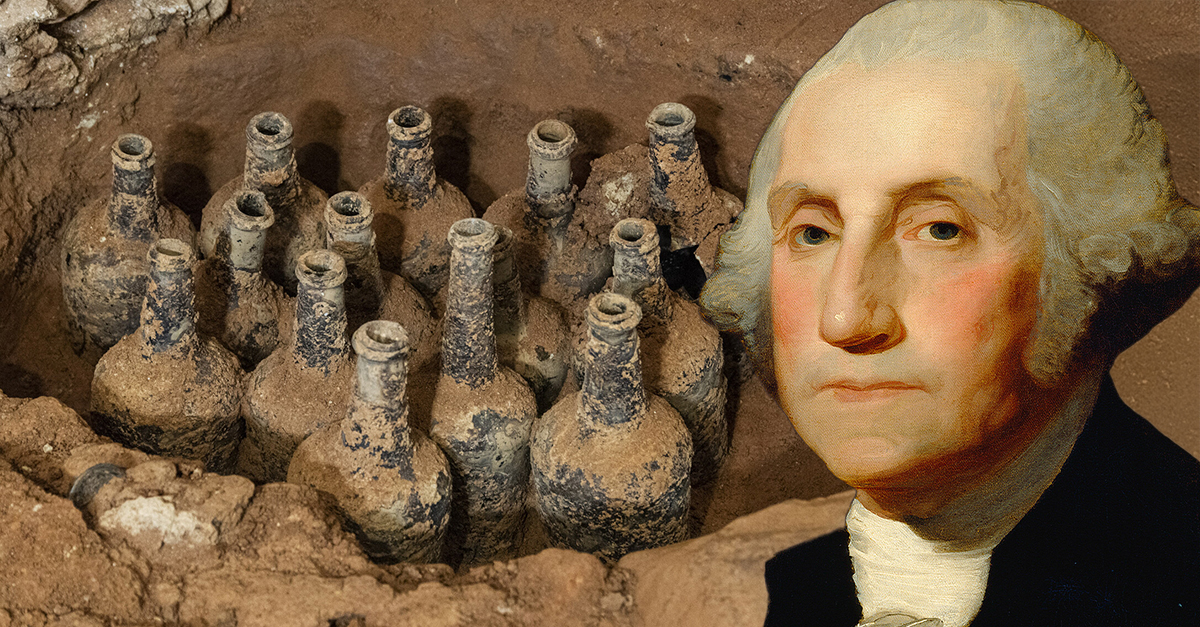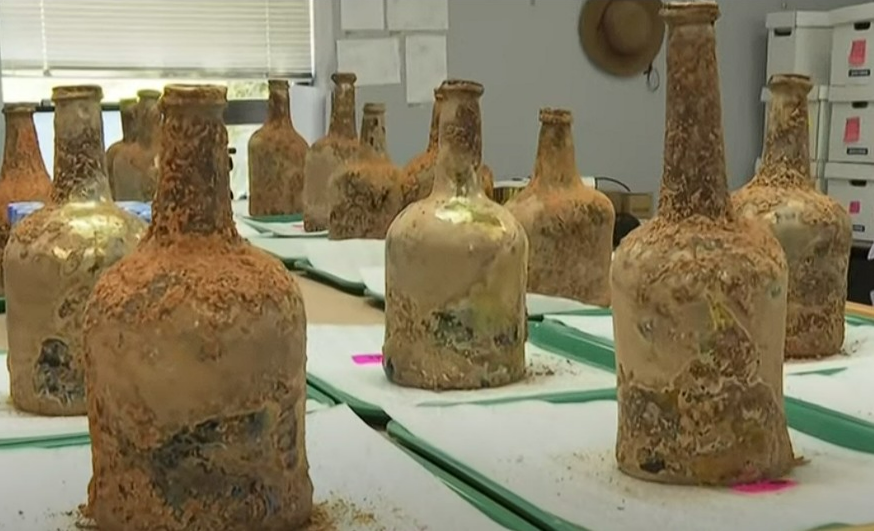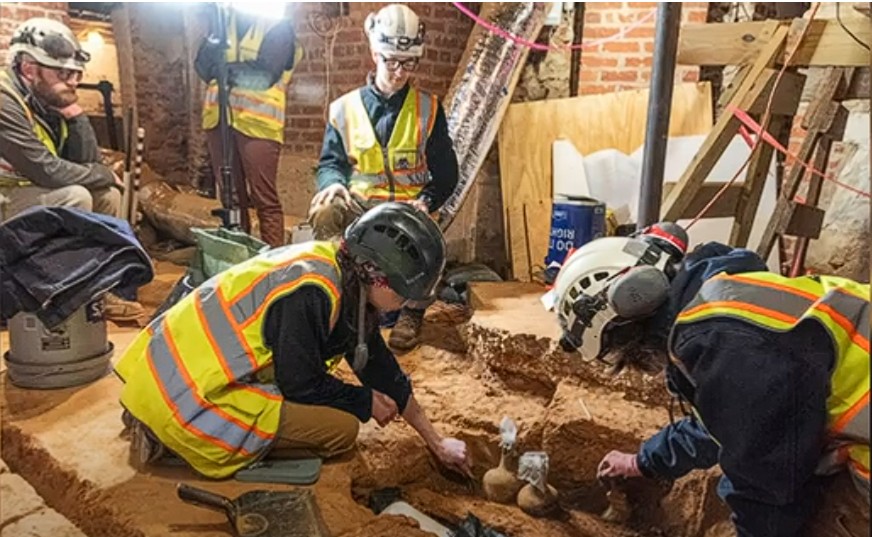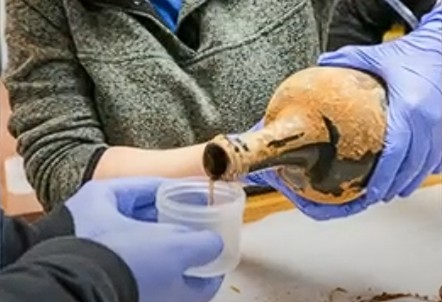In the summer of 2023, archaeologists at George Washington’s Mount Vernon estate in Virginia made an extraordinary discovery: 18th-century glass jars buried in an old cellar. Even more remarkable, the jars still contained their original contents—preserved fruits sealed for over 250 years. The find is a rare glimpse into everyday colonial life and food preservation practices.
Well-Preserved Glass In A Forgotten Cellar
The jars were found during restoration below a servant’s quarter near the mansion. Protected in a collapsed storage pit, the glass vessels were intact, shielded from sunlight, animals, and shifting earth. The airtight conditions were ideal for preservation, keeping the fruit—likely peaches and cherries—recognizable and astonishingly well-preserved over the centuries.
A Glimpse Into Colonial Food Storage
In the 1700s, food preservation was a daily necessity. Colonial households, including George Washington’s estate, relied on pickling, drying, smoking, and sugaring to make food last. Fruits were often preserved in syrup or brandy, then stored in glass containers sealed with wax or cloth. These jars are a tangible example of this, revealing the methods and flavors of the time.
Scientific Testing Underway
Researchers quickly transferred the jars to controlled environments. The contents are now under chemical and microbiological testing to find out their composition. Researchers hope to identify the type of fruit, the preservation agents used, and even trace elements of the soil and materials used to seal the jars. This should help reconstruct 18th-century culinary practices.
An Unexpected Window Into Diet And Class
While preserved fruit may seem like a luxury, its presence in a work building rather than the mansion suggests it may have been for enslaved workers or domestic staff. This opens up new questions about food access and class at Mount Vernon. The discovery invites deeper study into how food was distributed and consumed across the different social roles on the estate.
A Rare Survival Of Organic Material
Organic materials like fruit almost never survive in archaeological contexts unless specific preservation conditions exist. The combination of sealed jars, buried storage, and low exposure to oxygen created a near-perfect time capsule. This makes the find exceptionally rare not only at Mount Vernon but across early American sites in general.
Public Fascination And Historical Curiosity
The discovery has sparked widespread public interest, especially among food historians and colonial reenactors. For many, the idea of fruit from George Washington’s era surviving into the 21st century is both surreal and thrilling. Plans are underway for an exhibit at Mount Vernon, where visitors can view the jars and learn more about colonial-era kitchens and preservation.
Collaborations Across Disciplines
This find has brought together a team of experts: archaeologists, food historians, chemists, and conservators all working to interpret the jars’ contents and place them in historical context. Their collaboration will yield insights not only into colonial foodways but also into the material culture and domestic routines of 18th-century America.
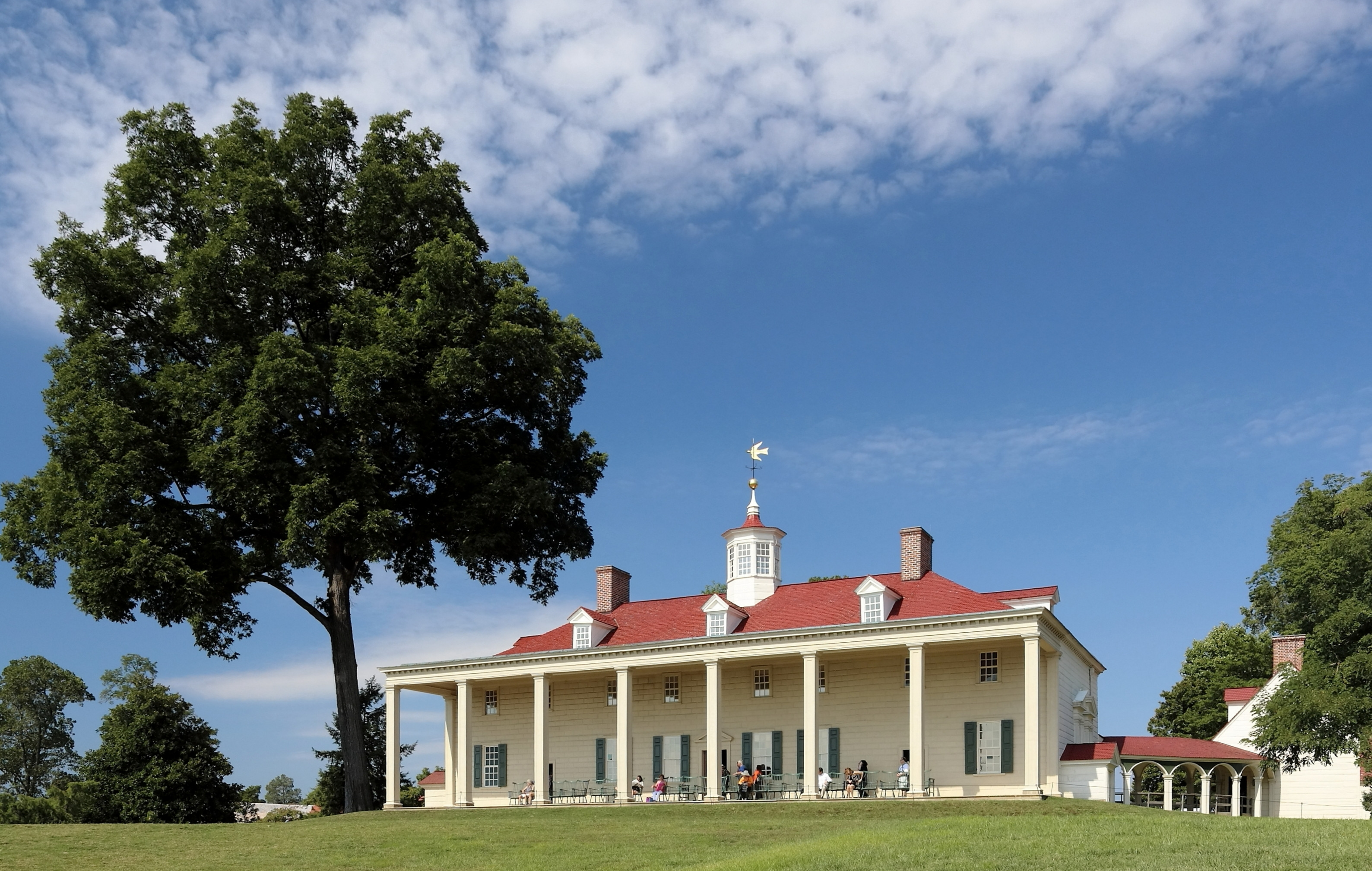 Martin Falbisoner, Wikimedia Commons
Martin Falbisoner, Wikimedia Commons
Looking Ahead To More Discoveries
Mount Vernon is still an active archaeological site with ongoing efforts to dig up more about life on the estate. The discovery of the fruit jars suggests that other sealed or buried containers could be found in similar storage pits, holding additional clues to the culinary and cultural practices of the past. The team is already planning future digs in nearby areas.
A Taste Of History
The unearthed glass jars at Mount Vernon are a living connection to colonial America. Containing the very food people ate centuries ago, they’re a sensory link to the past that few archaeological finds can match. As testing continues and more details emerge, these jars may tell a sweet and unexpected story of survival, resourcefulness, and daily life in early America.
You May Also Like:
Foods You Didn't Realize Were Invented In America
Enlightened Facts About Benjamin Franklin, America's Great Thinker
A Kentucky farmer dug up one of the biggest troves of buried treasure in American history.

